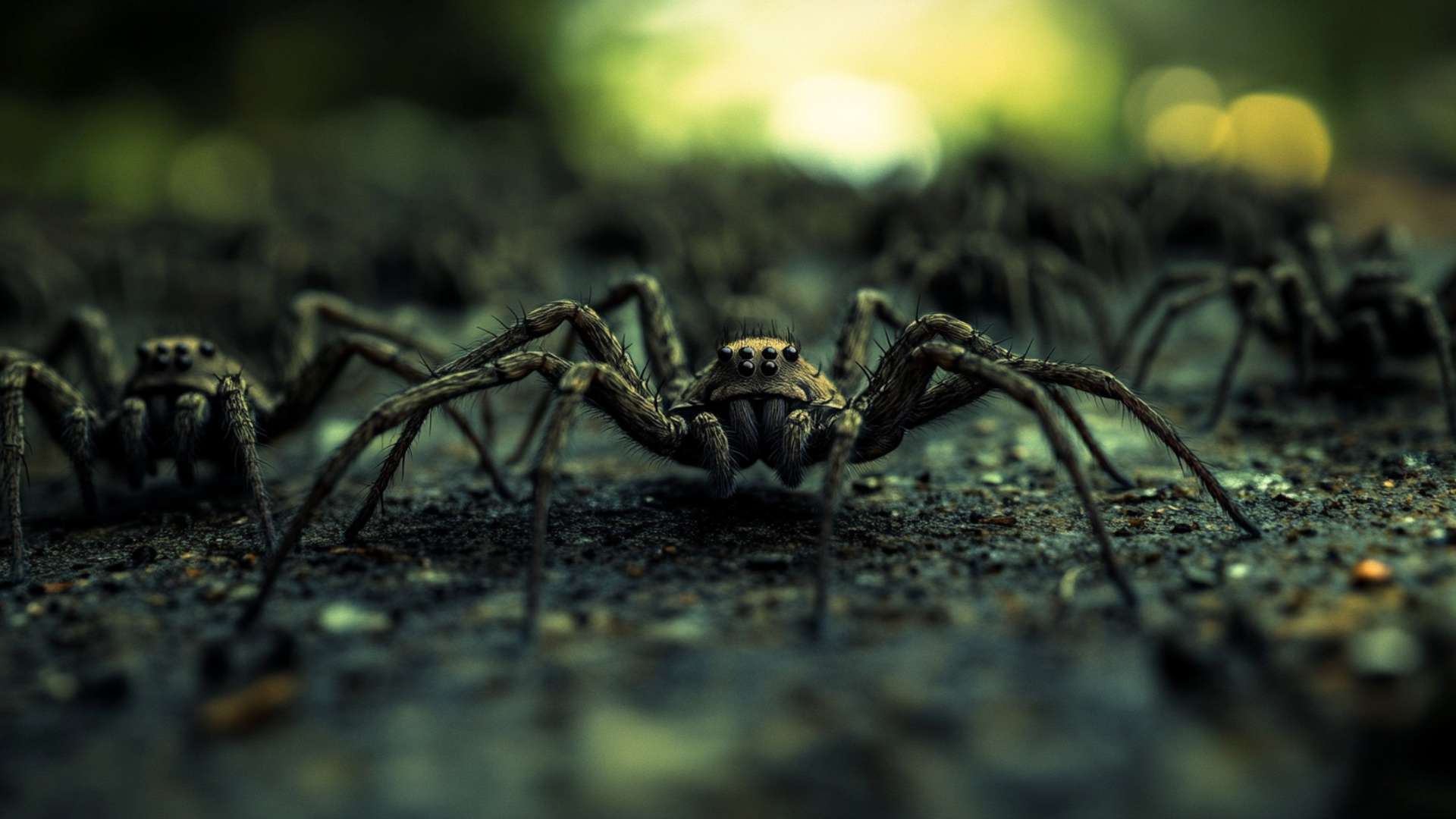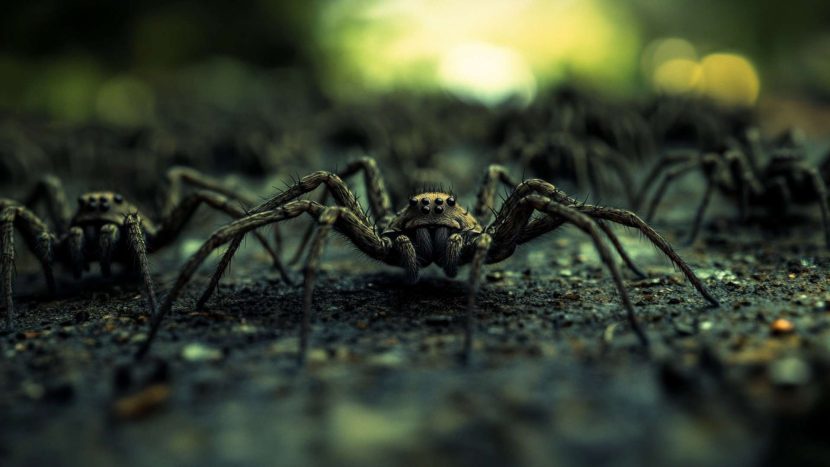Entomologist Sarah Han has had a passion for spiders from a young age. “I was raised in California, which is home to many black widows,” Han recounts. “I used to keep them as pets. One day, one managed to escape. That’s a lesson you learn the hard way.” The black widow began constructing its distinctive […]


Entomologist Sarah Han has had a passion for spiders from a young age.
“I was raised in California, which is home to many black widows,” Han recounts. “I used to keep them as pets. One day, one managed to escape. That’s a lesson you learn the hard way.”
The black widow began constructing its distinctive web right beneath its enclosure. Han observed the chaotic upper section where the spider resided and a network of vertical threads sticking to the ground. “When an insect passes by,” Han elaborates, “it dislodges those trap lines and is lifted slightly into the air, which is fascinating.”
The black widows served as an early illustration of a crucial concept in the arachnid world. “There’s an incredible variety of webs and the methods spiders employ to ensnare their prey,” she states.
In a study published in the Journal of Experimental Biology, Han and her associate present another example of that diversity. Scientists were aware that the diminutive ray spider can launch its web to catch airborne prey rather than simply waiting for insects to collide with its silky threads. However, Han discovered that the spider propels its web in response to the vibrations created by the wings of flying insects.
A silky slingshot
The ray spider is tinier than a grain of rice. It constructs its web in a classic arrangement of concentric “rings” with spokes extending outward. Then, the spider attaches a thread from the web’s center to a nearby rock or twig. Grabbing the middle of the web with its hind legs, it pulls itself along the tension line with its front legs.
“This action transforms the web from a flat structure into a conical shape,” explains Han. The conical web is now under tension. When an insect flits by, the spider releases the tension line, launching the web forward and ensnaring the prey.
“So they’re not merely sitting there passively,” Han states. “They’re utilizing the web akin to a slingshot without the insect ever interacting with the web.”
This behavior is atypical, and Han sought to understand how the ray spider determines the right moment to launch its web.
During her doctoral studies at the University of Akron, she gathered ray spiders from local parks. “I would wander around inspecting small cracks and nooks,” she remembers. “I would spot that tiny spider and then capture it.”
Han also collected various spider prey. “I would just hang around in different locations waiting for mosquitoes to land on me, and then I’d catch them,” she notes.
Back in the laboratory, she adhered those mosquitoes to small strips of paper. “We started referring to them as mosquito lollipops because it resembled a mosquito flying at the end of a stick,” she explains. “So I would then gradually move it toward the spider,” all while documenting everything with high-speed video.
Three out of four instances when Han moved the tethered mosquito toward the front of the capture cone, the spider launched its web at an acceleration reaching up to 51 g’s.
“It’s practically instantaneous — a fraction of a second,” says Han. An insect “would never anticipate it.”
Han then repeated the experiment using a tuning fork that vibrated at a frequency similar to an insect flapping its wings — just much more powerfully. The ray spiders propelled their webs when the tuning fork was positioned farther away than the mosquitoes had been.
Han concluded that ray spiders discharge their webs in response to the vibrations of airborne prey, calculating both the direction and distance to those vibrations to ensnare the insect at just the right moment.
A little inspiration
“There are still many questions regarding what exactly is happening,” Han admits. She is unsure how the spider perceives the vibrations.
“The vibrations impact the silk,” she states. “They are probably also activating the spider’s body and its sensory hairs. Through one of these mechanisms or a combination thereof, the spider becomes aware that an insect is approaching the web.”
Han also cannot definitively say how the spider determines when an insect is near enough to be caught.
Regardless, she notes that this is the first time, to her knowledge, that researchers have reported spiders engaging their entire webs to attack prey before it contacts those sticky strands.
“Spiders might be employing their webs as more complex sensory instruments than we had previously recognized,” Han proposes. “The web functions somewhat like the spider’s ear.”
“It’s thrilling to see it published now because we’ve been discussing [the concept] for years,” remarks Symone Alexander, a chemical engineer at Auburn University who was not part of the study. She states that spiders are experts in creating webs that enable them to detect stress and strain accurately.
“These spiders — their web’s geometry varies slightly, and it is tensed differently,” Alexander explains. “Can we draw inspiration from that in designing sensing systems in airplane wings or other materials?”
In essence, Alexander hopes that scientists can keep looking to the spider realm for advancements that benefit humanity.
Copyright 2024 NPR














